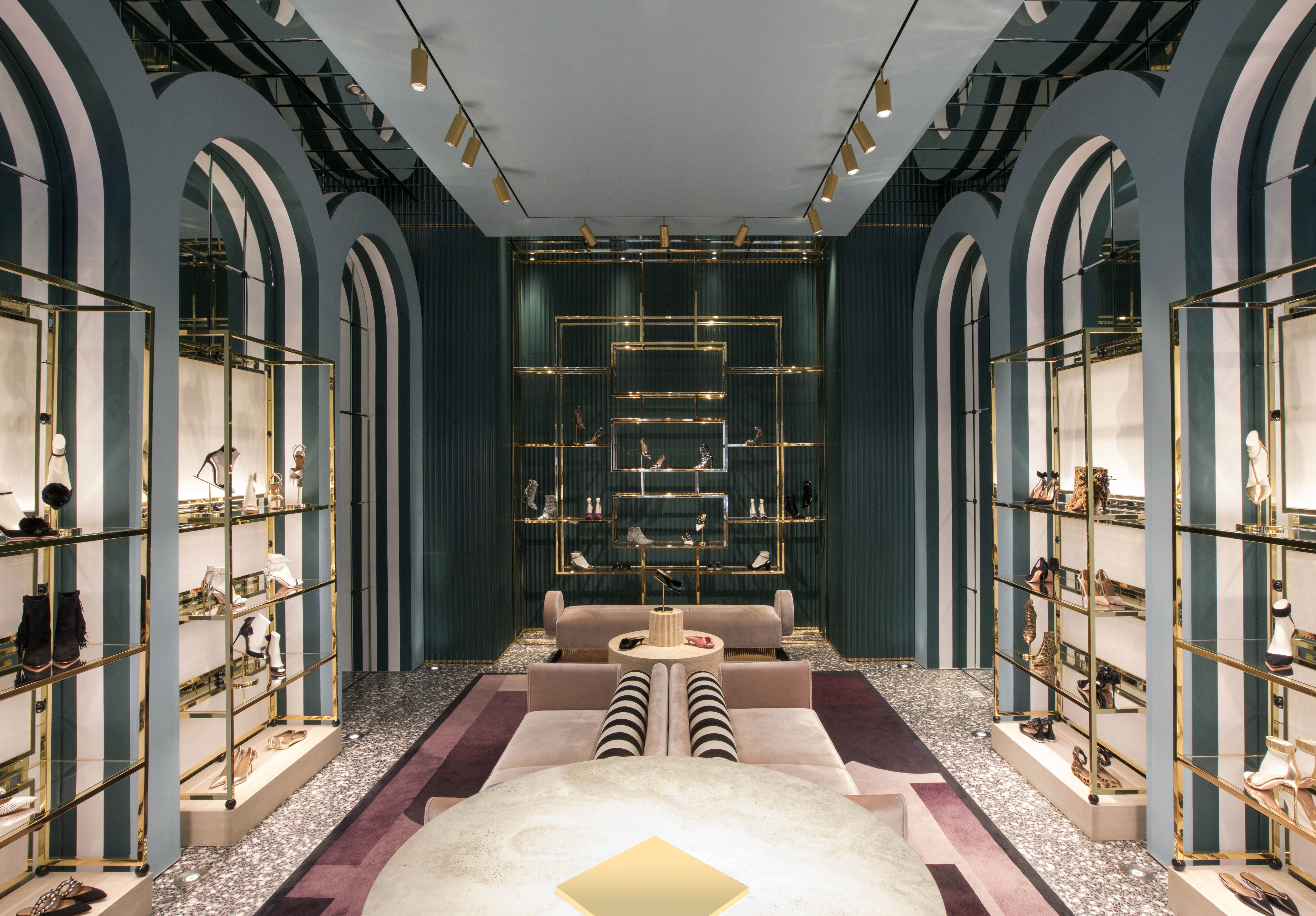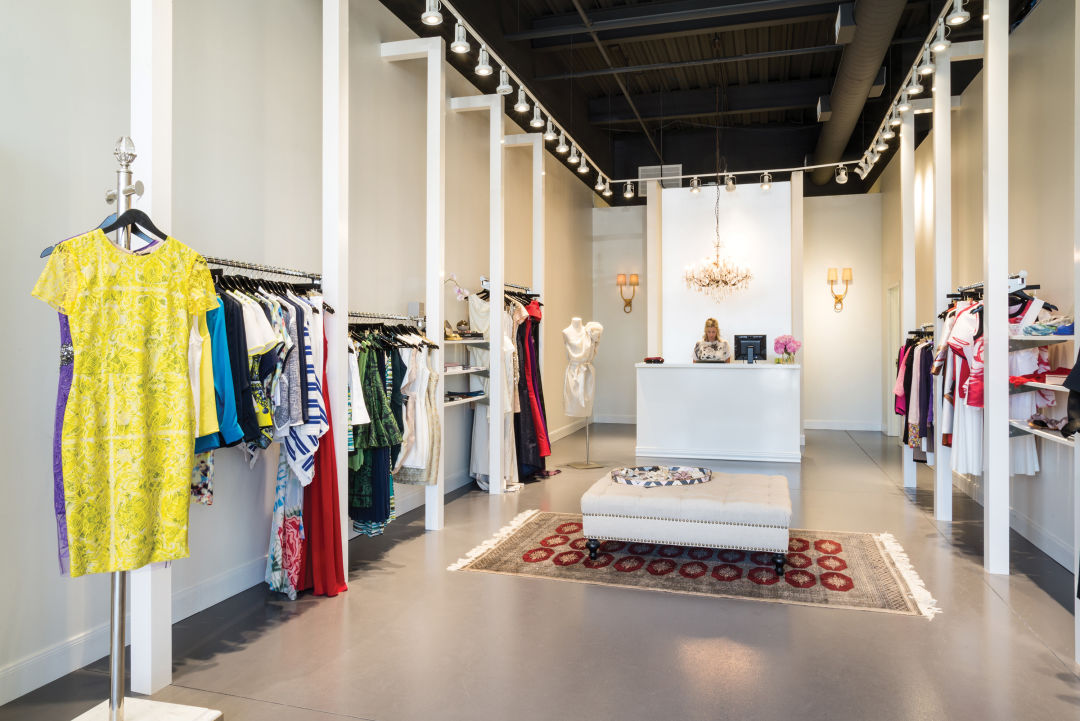The Surge of Online Buying: Finding Boutique Fashion at Your Fingertips
The Surge of Online Buying: Finding Boutique Fashion at Your Fingertips
Blog Article
Discovering the Advancement and Impact of Apparel on Modern Style Trends
The advancement of clothes has actually dramatically influenced modern-day fashion trends, combining historic precedents with innovative developments. Legendary figures like Coco Chanel and Yves Saint Laurent reinvented the apparel industry by presenting ideas that focus on comfort and accessibility, which proceed to reverberate today. Technological strides in locations such as 3D printing and smart fabrics are redefining style opportunities and customer experiences (boutique fashion). In addition, the expanding emphasis on inclusivity and sustainability is improving market standards. As we think about these complex impacts, one must question exactly how these aspects jointly redefine fashion's duty in reflecting and shaping contemporary culture.
Historical Style Influencers
In the tapestry of style background, specific figures have left an enduring mark, forming the fads and styles that specify whole periods. Coco Chanel, an innovative developer, redefined women's style by introducing comfortable, sophisticated clothing that departed from restrictive corsets. Her famous Chanel fit and little black gown have come to be classic staples in wardrobes worldwide. Christian Dior's post-war "New Look" in 1947, with its event of womanhood with complete skirts and cinched waistlines, marked a return to opulence and has proceeded to affect developers.
Elsa Schiaparelli is an additional pivotal number, renowned for her avant-garde designs that included surrealist art, teaming up with Salvador Dalí to produce wayward items that tested standard looks. Her ingenious use of shade and strong patterns resounds in contemporary fashion. Yves Saint Laurent, meanwhile, democratized haute couture with prêt-à-porter collections, bringing path designs to the masses and setting a precedent for contemporary ready-to-wear lines.
These enthusiasts, amongst others, not only changed style in their times yet likewise established withstanding fads that reverberate in today's apparel industry, providing a structure whereupon modern-day designers remain to construct and innovate. Their heritages highlight the importance of creative thinking and bold in fashion's ever-evolving story.
Technical Innovations in vogue
Among the dynamic landscape of the style industry, technological improvements stand at the leading edge of innovation, reshaping exactly how designers develop and consumers engage with fashion. The assimilation of 3D printing has actually revolutionized layout processes, making it possible for designers to explore complex structures and lasting products that were formerly impossible. This technology assists in quick prototyping, minimizing waste and expediting manufacturing times.

Smart textiles, embedding innovation right into textiles, are also transforming the market. Advancements like self-cleaning and temperature-regulating textiles offer boosted capability and comfort. Wearable innovation, integrating attributes like fitness tracking and interaction, includes a brand-new measurement to style, combining aesthetic appeals with functionality.
Social Changes and Design
As technical improvements remain to improve the fashion industry, cultural shifts are equally influential, redefining style and consumer preferences. Over the last few years, the rise of social media platforms has actually sped up the circulation of worldwide fashion patterns, enabling diverse cultural influences to exist side-by-side and converge. This electronic interconnectivity has actually helped with the quick exchange of ideas, causing a much more inclusive and diverse analysis of style that shows the diverse nature of contemporary society.
Social recognition and recognition have triggered designers to attract ideas from a wider spectrum of ethnic and historic contexts, incorporating traditional themes with modern appearances. This blend has actually led to fashion that reverberates with a broader audience, promoting a sense of identification and belonging across different demographics. In addition, the boosting demand for customization has driven brands to supply adjustable options, making it possible for consumers to express originality while showing their cultural heritage.
In addition, moving societal worths have affected style, with inclusivity and variety coming to be central motifs. The market has actually begun to welcome designs and influencers of various physique, ethnicities, and sex identities, challenging standard appeal standards. This improvement underscores the power of social shifts in forming the future of style, as style comes to be a more genuine expression of personal and cumulative identity.
Sustainability and Modern Design
While the apparel industry remains to develop, the essential for sustainability has come to be increasingly immediate, affecting contemporary design practices. This shift intends to address honest considerations and ecological problems, causing a reevaluation of traditional manufacturing methods. Designers are now integrating sustainable materials, such as natural cotton, recycled polyester, and biodegradable materials, right into their collections, lowering the ecological footprint of style. The rise of slow from this source fashion, which stresses top quality over quantity, encourages consumers to spend in classic items rather than transient fads.
Additionally, modern design is identified by its technology in lessening waste and promoting circularity. This technique not just mitigates environmental effect however also boosts the social obligation of fashion houses.

Future Trends in Style

Sustainability will proceed to be a driving force in forming future style fads. The market is significantly adopting green products and honest production methods, reacting to a growing consumer need for accountable techniques. Innovations such as bio-fabricated materials and closed-loop recycling systems are readied to redefine how clothes is created and eaten, reducing environmental influence while keeping style and high quality.
Social changes, consisting of the increase of inclusivity and variety, will certainly additionally play a crucial duty. As culture becomes much more familiar with social problems, style is anticipated to come to be a platform for expression and change. Designers will likely focus on creating collections that show a wider series of experiences and identifications, this website promoting depiction and accessibility.
Conclusion
The development of clothes substantially affects contemporary style patterns, where historic impacts combine with modern styles. Secret figures like Coco Chanel and Yves Saint Laurent have redefined style, while technological developments such as 3D printing and smart fabrics increase imaginative opportunities. Social changes towards inclusivity and sustainability force brands to adopt ethical practices and welcome diversity. This ongoing evolution emphasizes style's function as a mirror to societal values and technical innovation, suggesting a future rich with innovation and inclusivity.
The development of clothes has dramatically affected modern style patterns, merging historic precedents with sophisticated technologies.Among the dynamic landscape of the fashion market, technological innovations stand at the leading edge of innovation, improving how developers create and customers engage with style.While the fashion sector continues to advance, the important for sustainability has come to be increasingly immediate, influencing modern-day design practices. As sustainability comes to be embedded in contemporary design, it paves the means for a much more responsible and mindful style industry.
The advancement of clothing substantially impacts contemporary style trends, where historical impacts merge with contemporary layouts.
Report this page